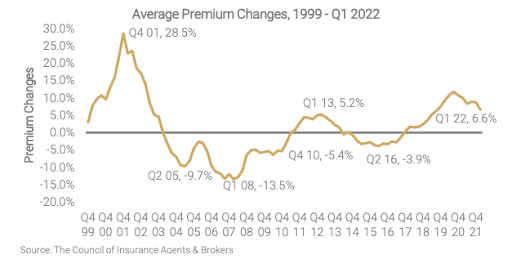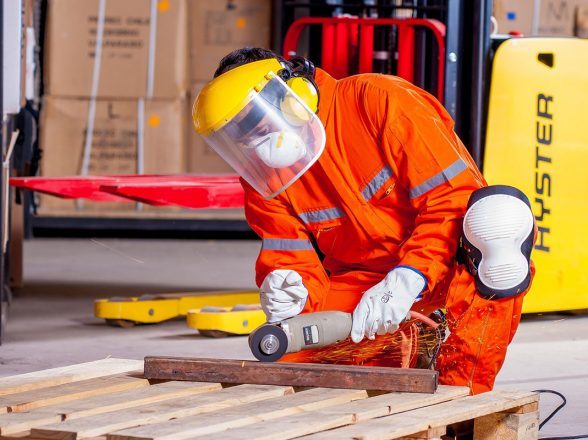ESSE news
Blog
10 ways tech can support driver recruiting and retention
Managing people is often referred to as a soft skill, but technology can also play a role in helping to recruit and retain truck drivers. Here are 10 tips that were offered during a webinar hosted by the Truckload Carriers Association:
1. Use data to set realistic pay expectations
Any recruiting program will turn into a revolving door if new drivers are surprised about factors such as their miles, hours or pay. But the data from fleet management systems can offer important insights into the type of runs that can be expected.
“It’s helped us make very realistic expectations,” said Jim Mikula, Cardinal Transport’s executive vice-president – operations. Employee activities can be grouped by lanes, areas where drivers live, and areas where drivers operate.
FreightWorks Transportation and Logistics is even sharing its mapped routes on Facebook, so recruits will know exactly where the work will take them.

2. Provide the extra delivery details
Technology can also be used to deliver the added details that ensure smooth deliveries. Rather than sharing a delivery address alone, for example, FreightWorks shares insights into the gates to use and whether there is any parking on site.
“Using technology to look ahead and see what you can solve for that driver is extremely important,” said Joyce Siqueira, the fleet’s vice-president – operations. It’s a final touch that will avoid aggravating trips back to an interstate in search of a parking spot.
“Drivers don’t have a lot of control over their day,” said Ellen Voie, CEO of the Women in Trucking Association. “They can handle it. But they don’t like surprises that throw their day in the lurch.”
3. Coach with an app
Disciplinary discussions can become tense depending on the personalities involved, but technology can sometimes offer an answer.
“The place we have seen technology help is when it comes to discipline, when it comes to coaching, when it comes to remediation,” Siqueira said.
One driver, who was a known speeder, pushed back during discussions about his bad habit. But a SpeedGauge app showed beyond any doubt how much he was speeding and by how much. Five days after downloading the app, safety managers noticed that he was spending less time above the posted limit.
4. Collect the good and the bad feedback
There are no suggestion boxes on the open road, but digital tools can be used to collect insights into how drivers actually feel about their jobs. FreightWorks, for example, solicits anonymous feedback using a text-based tool from WorkHound.
“Who reads their emails every day?” Siqueira asked, referring to the benefit of text messages. The text-based questions offer immediate feedback, too.
When one driver sent a direct “call me” response, it led to a discussion about frustrations with the planning team. And when drivers know they have a tool to get someone’s attention, they’ll use it.
“I’m reading those comments every day,” Siqueira said. “We’re supposed to be their lifeline. We’re supposed to be their mission control.”
Mikula said negative feedback should also be welcomed.
“It’s the ones that care enough to be able to voice a complaint that we are thankful for,” he said.
5. Streamline payment processes
There was a time when Cardinal owner-operators had to wait for settlement information to arrive in the mail. These days, they submit documents through a phone-based app. The financial settlement is on their card within hours. And an email to recap the transactions is delivered at the same time, so all the details can be reviewed while memories are still fresh.
6. Monitor and adjust rates
Rates are fluctuating widely these days. “What’s been competitive last week may not be competitive this week,” Mikula said. It’s why Cardinal Transport regularly compares its rates against those reported by several rate indexes and load posting services.
7. Track the deviations
The same data that tracks trucks and business activity will also offer insights into the drivers who are not receiving their traditional volumes of work.
Mikula said he keeps a close eye on any changes in the time individual drivers are waiting between loads. If there’s a shift, he reaches for the phone to see if everything is OK.
8. Apply a personal touch
It seems odd to suggest that fleets should embrace a personal touch when talking about digital tools, but it is possible.
“Technology has a reputation of making things very impersonable,” Mikula said. But one of the most powerful ways to describe work at a fleet is to ask existing drivers to record their thoughts on video that can be shared through social media.
FreightWorks, meanwhile, has launched a twice-weekly Life by the Mile podcast that discusses things like life on the road or cooking in the truck. A training room has even been transformed into a studio to record various messages.
But don’t think you have to be the next Stephen Spielberg.
“It doesn’t have to be sharp,” Siqueira said. “Raw is real.”
9. Use peers to deliver technical support
Mikula stressed that truck drivers familiar with various apps and software can be in the best position to deliver technical support to their peers.
“Make sure they have some support they can relate to,” he said, referring to the help that drivers will embrace.
Granted, some drivers will always be more comfortable with technology than others. It’s why FreightWorks offers three different ways to submit a bill of lading to the office.
“Our billing department holds the driver’s hands through each step of the technology,” Siqueira said.
Don’t assume that older drivers will automatically face the biggest struggles, either.
“They take it on faster than some people would have guessed. There’s stereotypes,” she said. “Don’t put your driver pool in a box.”
10. Embrace technology to remove barriers
Fewer than 4% of Canada’s truck drivers are women, and the share is not much higher in the U.S. That means a significant number of potential workers is being overlooked.
Voie believes they may simply be unaware of the way technology has already addressed many concerns.
“A lot of women think they can’t do this job,” she said.
“People still have a very outdated image of this industry.”





























